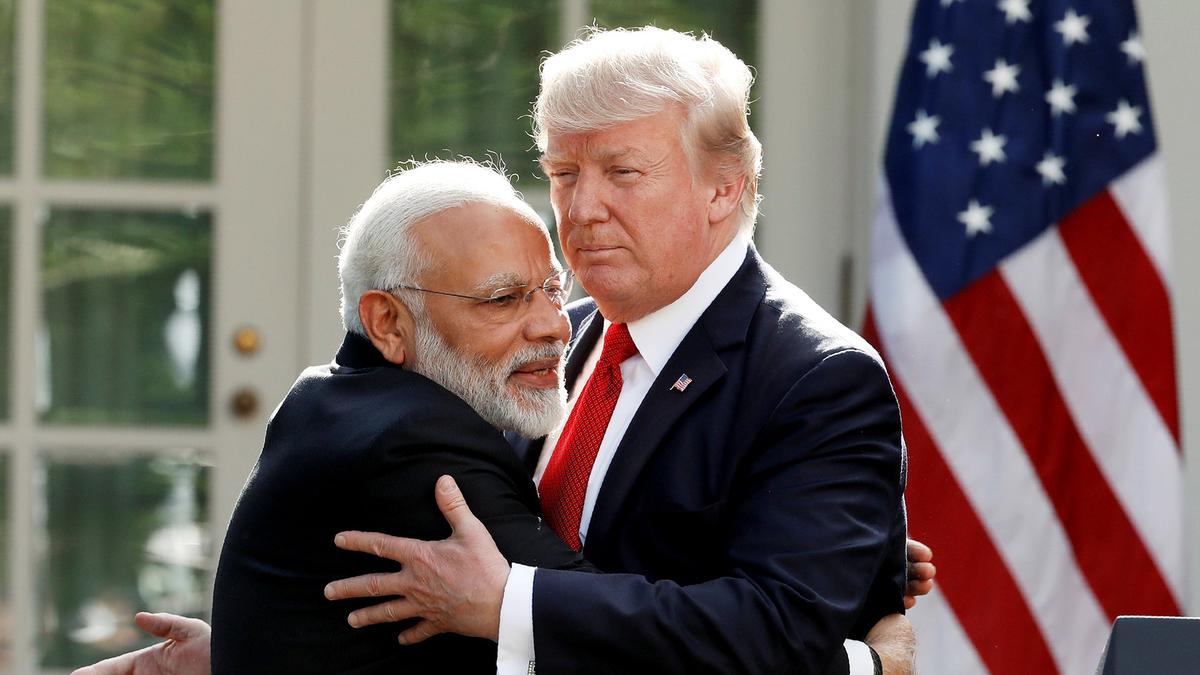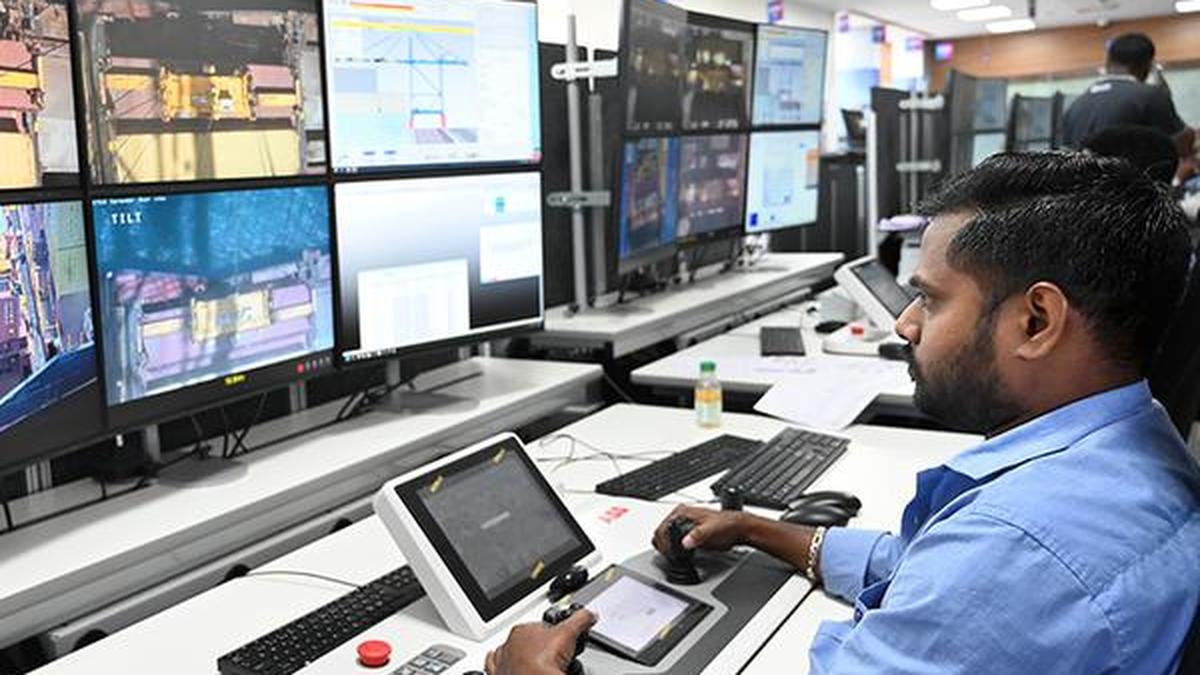(This article is part of the View From India newsletter curated by The Hindu’s foreign affairs experts. To get the newsletter in your inbox every Monday, subscribe here.)
Seeing the economic, political, and strategic spheres as separate compartments was never a helpful approach to understanding countries’ foreign policy motivations. More so now, when the liberal, “rules-based” world order has collapsed in ways few of its proponents imagined. Israeli forces, backed unambiguously by the U.S., continue to brutally target and kill Palestinians queuing up for food and humanitarian aid in Gaza. Meanwhile, the most powerful country’s mercurial leader delivers one googly after another.
Putting an end to months of speculation, U.S. President Donald Trump on July 30, 2025, announced that imports from India will attract 25% tariffs from August 1, “plus a penalty”, citing India’s purchases of energy and military equipment from Russia, its high tariffs, and its “strenuous and obnoxious” non-monetary barriers to trade. It was not entirely surprising, but it still appeared to deliver a jolt, both to Indian trade, as well as Indo-US ties.
India’s Ministry of Commerce and Industry said that the government was “studying the implications” of Mr. Trump’s announcement and will “take all steps necessary to secure our national interest”. The following day, President Trump said India and Russia could “take their dead economies down together”. The criticism was among a barrage of statements from the U.S. President targeting India. Evidently, the remark did not go down well in New Delhi. Countering Mr. Trump’s statement, Commerce and Industries Minister Piyush Goyal said India is being seen as an economic “bright spot” in the world.
Our Economics & Business Editor T.C.A. Sharad Raghavan, who is closely tracking the development, tells us how Trump’s latest tariffs will impact India. What are the sectors that will need to rework their export strategies? Why are India’s dealings with Russia under scrutiny? Will the 25% tariff and penalty affect GDP? Why hasn’t a trade deal worked out between the two countries? What are the main areas of contention? This explainer tells us.
Also watch this discussion, where experts tell us what Mr. Trump’s latest tariff strikes mean to India.
What is really going wrong with India-U.S. ties, often celebrated by both sides as a definitive partnership of the 21st century? Is this just a glitch caused by a strident strain of American nationalism and its volatile champion, President Donald Trump, or is the current turmoil a sign of structural tensions that had been simmering beneath the rhetoric? In this piece, Varghese K. George unpacks the reasons behind current strain.
The Trump moment tells India two things — strategic autonomy is alive; and neoliberalism is dead. India has to navigate the path ahead, and the U.S. remains a key partner in that, Varghese K. George further writes in this analysis. “Neither obsequiousness nor confrontation can advance India’s relations with the U.S. India should also learn that soft power is supposed to be soft, not loud and screeching. As the yoga teacher would say, pranayama practice should not make any sound.”
How can India counter them? Watch our Diplomatic Affairs Editor Suhasini Haidar’s take here, in Worldview this week. “The 25% tariffs plus a yet-unknown penalty places India at a relative disadvantage when compared to competitors such as South Korea, Indonesia, Malaysia, the Philippines and Vietnam. Trade associations representing several sectors have already voiced their concern. Indian negotiators will have to work doubly hard to conclude an acceptable deal,” The Hindu editorial said.
Top 5 stories this week:
1. House of wars: The Hindu editorial on the ‘Operation Sindoor’ discussion in Parliament. “Questioning the patriotism of political opponents is an easy route to take to evade tough questions, but the BJP must realise that such an approach has diminishing returns.”
2. Why is the U.K.’s stand on Palestine significant? As Israel is facing accusations of committing genocide against Palestinians, and images of Gaza’s devastation and starving children are coming out, it becomes untenable for many Western nations to continue to back Israel unconditionally, writes Stanly Johny.
3. India’s digital sovereignty: The compromises that India made in the digital sector through the India-U.K. Free Trade Agreement will have profound consequences for India’s digital sovereignty, contend Smita Purushottam, India’s former Ambassador to Switzerland and Parminder Jeet Singh, a Delhi-based digital society researcher.
4. Deep ties: In a time of global economic turmoil, a closer engagement with the neighbours — one that shores up their economic needs and supports their plans for development where possible — is essential, The Hindu noted in this editorial on India-Maldives ties that have witnessed a reset.
5. New phase: On the NISAR mission: The GSLV-F16 mission lifted off from Sriharikota on July 30, placing the NASA ISRO Synthetic Aperture Radar (NISAR) satellite into a sun synchronous orbit. The ascent capped a decade-long bilateral effort and opened a new phase in global earth observation cooperation, The Hindu editorial said.
Published – August 04, 2025 01:44 pm IST



